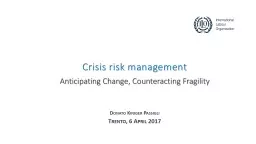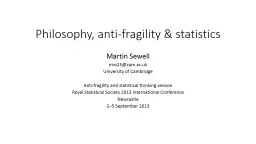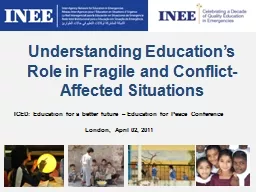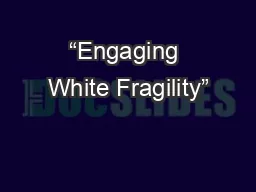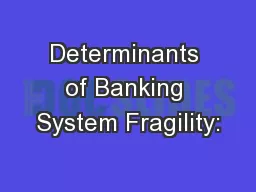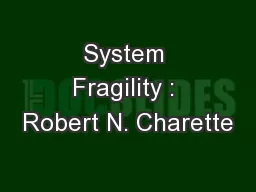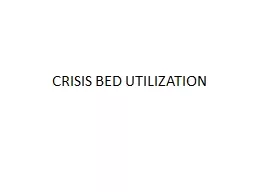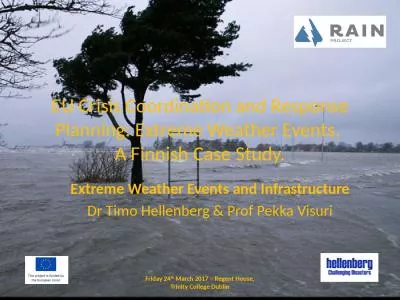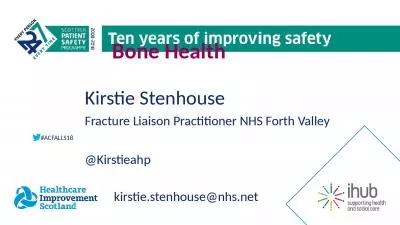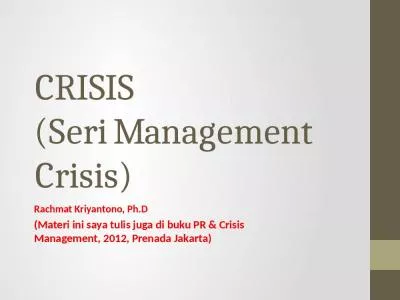PPT-Crisis risk management Anticipating Change, Counteracting Fragility
Author : natalia-silvester | Published Date : 2018-03-08
Donato Kiniger Passigli Trento 6 April 2017 Crisis Risk Management Strategies and Opportunities Risk Reduction PreventionMitigationPreparedness incl EW Risk
Presentation Embed Code
Download Presentation
Download Presentation The PPT/PDF document "Crisis risk management Anticipating Cha..." is the property of its rightful owner. Permission is granted to download and print the materials on this website for personal, non-commercial use only, and to display it on your personal computer provided you do not modify the materials and that you retain all copyright notices contained in the materials. By downloading content from our website, you accept the terms of this agreement.
Crisis risk management Anticipating Change, Counteracting Fragility: Transcript
Download Rules Of Document
"Crisis risk management Anticipating Change, Counteracting Fragility"The content belongs to its owner. You may download and print it for personal use, without modification, and keep all copyright notices. By downloading, you agree to these terms.
Related Documents

